Classic cars have carved out a unique niche in modern car culture, serving as both a nostalgic reminder of the automotive industry’s past and an influential force in shaping contemporary car trends. The multifaceted role that classic cars play today extends from their impact on car enthusiasts to their economic significance and cultural symbolism.
Historical Significance of Classic Cars
The evolution of car design is a rich tapestry woven through decades of innovation and style. Classic cars like the 1963 Chevrolet Corvette Sting Ray have significantly influenced modern automotive aesthetics and engineering. The Corvette’s sleek lines and powerful performance set a benchmark that continues to inspire contemporary designs. This influence is evident in the way modern manufacturers strive to blend retro elements with advanced technology, creating vehicles that pay homage to the past while embracing the future.
Classic cars also serve as milestones in automotive history, exemplifying key developments and innovations. The 1955 Mercedes-Benz 300SL, with its iconic gullwing doors and revolutionary fuel injection system, represents a leap forward in engineering that paved the way for modern high-performance vehicles. Such milestones remind us of the industry’s journey and underscore the importance of preserving these models for future generations.
The preservation of heritage through classic cars is essential for maintaining a tangible connection to the past. Museums and private collectors play a crucial role in this endeavor by restoring and maintaining classic models. The 1966 Ford Mustang, for instance, remains a symbol of American automotive culture, and its preservation ensures that new generations can appreciate its historical and cultural impact.
Classic Cars as a Cultural Phenomenon
Nostalgia and sentimentality are powerful emotions that draw enthusiasts to classic cars. The 1969 Dodge Charger, often associated with the television show “The Dukes of Hazzard,” evokes memories of a bygone era. For many, these vehicles are not just machines but cherished memories of childhood and simpler times, fostering a deep emotional connection.
Classic cars have also permeated pop culture, becoming icons in movies, music, and literature. The 1981 DeLorean DMC-12, immortalized in the “Back to the Future” trilogy, is a prime example of how a car can transcend its original purpose to become a cultural icon. Its unique design and association with time travel have left a lasting impression on audiences worldwide, illustrating the profound impact classic cars can have beyond the automotive realm.
Communities and identities are often built around classic car clubs and gatherings. These events provide a space for enthusiasts to share their passion and knowledge while fostering a sense of belonging. The camaraderie found at gatherings like the Pebble Beach Concours d’Elegance highlights the social aspect of classic car culture, where individuals come together to celebrate their shared love for automotive history.
Economic Impact of the Classic Car Market
The classic car market has evolved into a lucrative arena, with certain models becoming valuable assets and investment opportunities. A prime example is the 1962 Ferrari 250 GTO, which has fetched astronomical prices at auctions. This model’s rarity and historical significance make it highly sought after by collectors, illustrating the potential for classic cars to appreciate significantly in value over time.
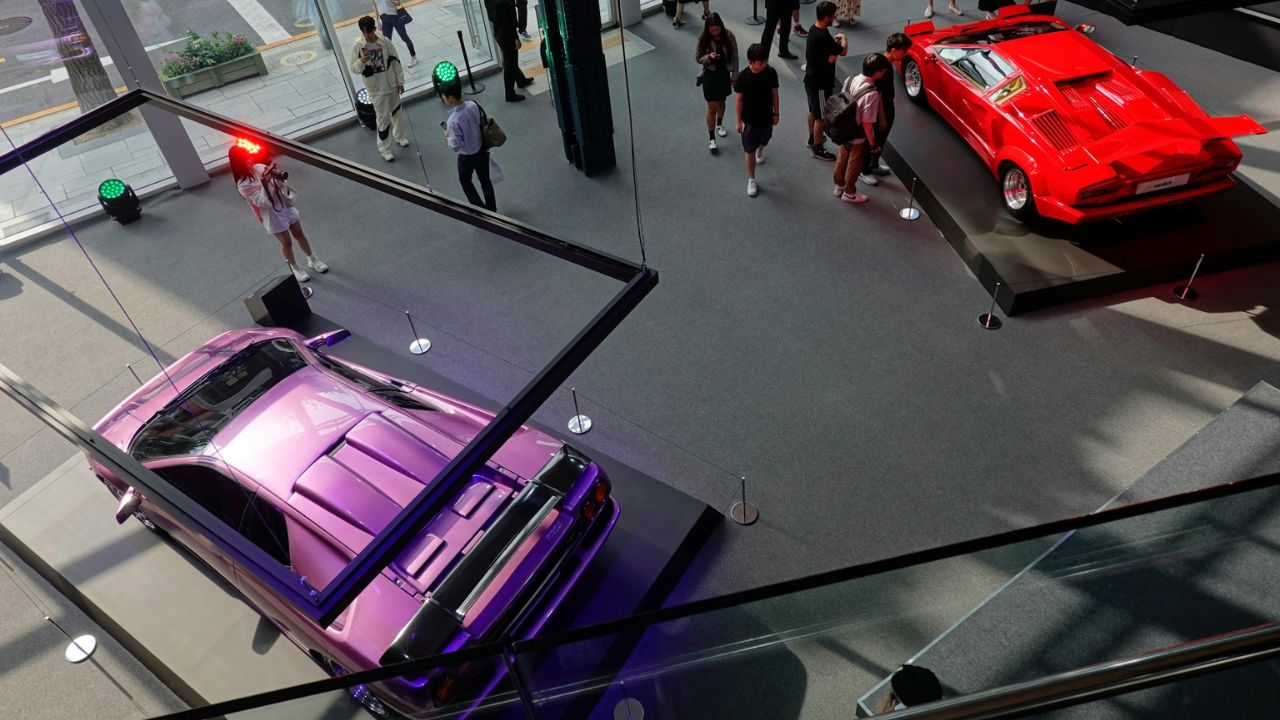
The restoration industry is another economic sector benefiting from the popularity of classic cars. Skilled craftsmen and specialized shops dedicate themselves to restoring and maintaining these vehicles, providing employment opportunities and stimulating local economies. The demand for services related to the restoration of models like the 1970 Chevrolet Chevelle SS demonstrates the economic benefits of this niche market.
Market trends in the classic car industry are shaped by factors such as supply, demand, and pricing. Recent years have seen a growing interest in Japanese classics like the 1994 Toyota Supra, driven by a new generation of enthusiasts and nostalgia for vehicles from the 1990s. This shift in demand reflects the dynamic nature of the market and its ability to adapt to changing tastes and preferences.
Environmental and Technological Considerations
Sustainability challenges are inherent in the preservation and operation of classic cars. Many older models, such as the 1957 Chevrolet Bel Air, were not designed with modern environmental standards in mind, leading to concerns about emissions and fuel efficiency. However, enthusiasts and companies are exploring ways to mitigate these impacts through sustainable practices and innovative technologies.
Modern adaptations, such as retrofitting classic cars with eco-friendly technologies, offer a solution to balancing tradition with environmental responsibility. Electric conversion kits are becoming increasingly popular, allowing classic models like the 1972 Volkswagen Beetle to operate with zero emissions. These innovations enable enthusiasts to enjoy their vehicles while reducing their carbon footprint.
Balancing tradition and innovation is a topic of debate among classic car aficionados. While some purists argue for maintaining originality, others embrace the integration of modern conveniences, such as air conditioning and advanced safety features. This ongoing discussion reflects the diverse perspectives within the classic car community and the desire to keep these vehicles relevant in a rapidly changing world.
The Future of Classic Cars in Modern Society
The criteria for what constitutes a “classic” car are evolving in the 21st century. As time progresses, vehicles from the 1990s and early 2000s, such as the 1999 Nissan Skyline GT-R, are beginning to gain classic status. This shift reflects changing perceptions and the recognition of the historical and cultural value of more recent models.
Classic cars continue to play a vital role in contemporary automotive trends and events. They serve as a bridge between the past and present, influencing modern car designs and fueling interest in automotive history. Events like the Goodwood Festival of Speed celebrate both classic and modern vehicles, highlighting the ongoing integration of classic cars into modern car culture.
As society becomes increasingly digital and automated, the future of classic cars remains promising. Their legacy and longevity are testament to the enduring appeal of these vehicles. Enthusiasts’ passion for models like the 1965 Porsche 911 ensures that classic cars will continue to be cherished and celebrated, preserving their place in automotive history for generations to come.
Like Fast Lane Only’s content? Be sure to follow us.
Here’s more from us:
*Created with AI assistance and editor review.

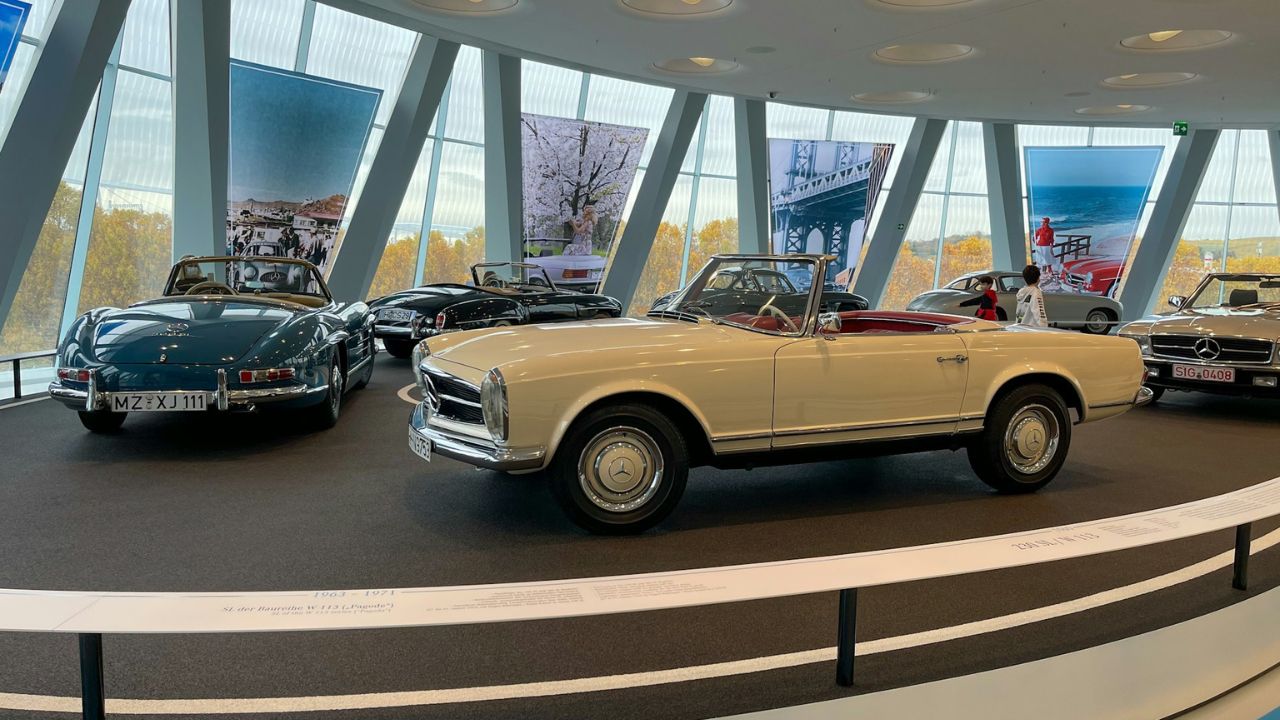
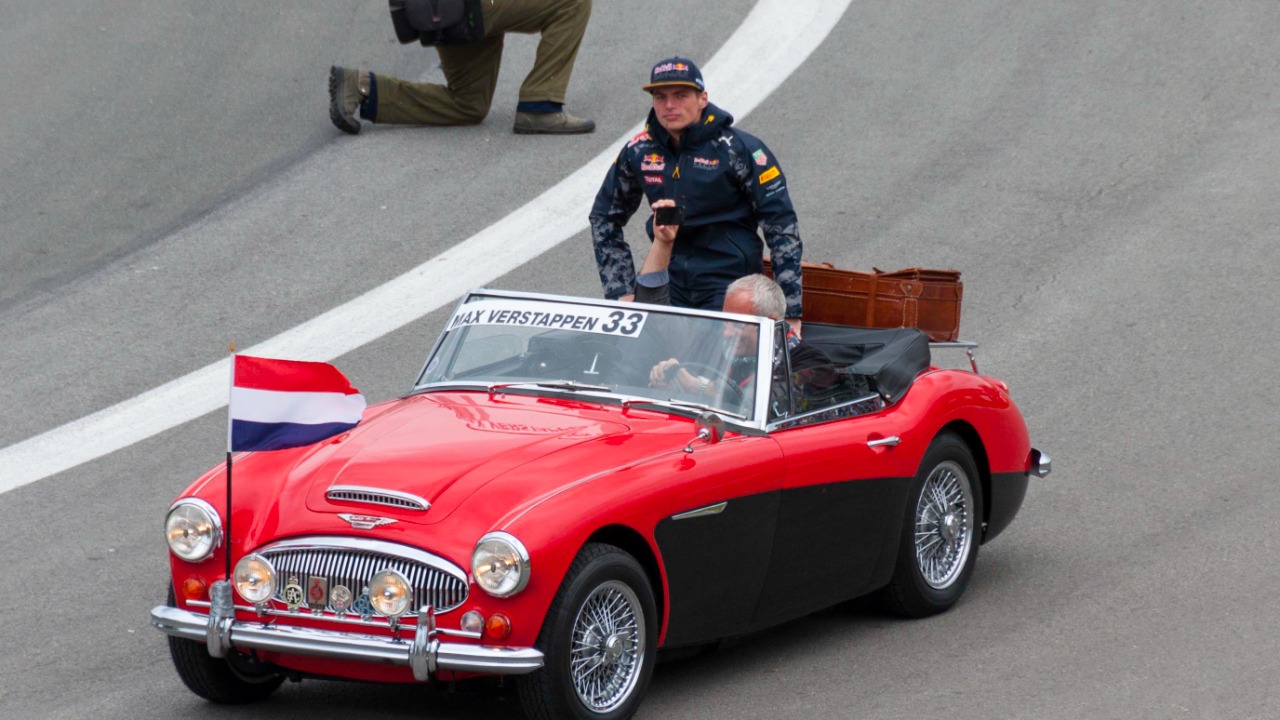
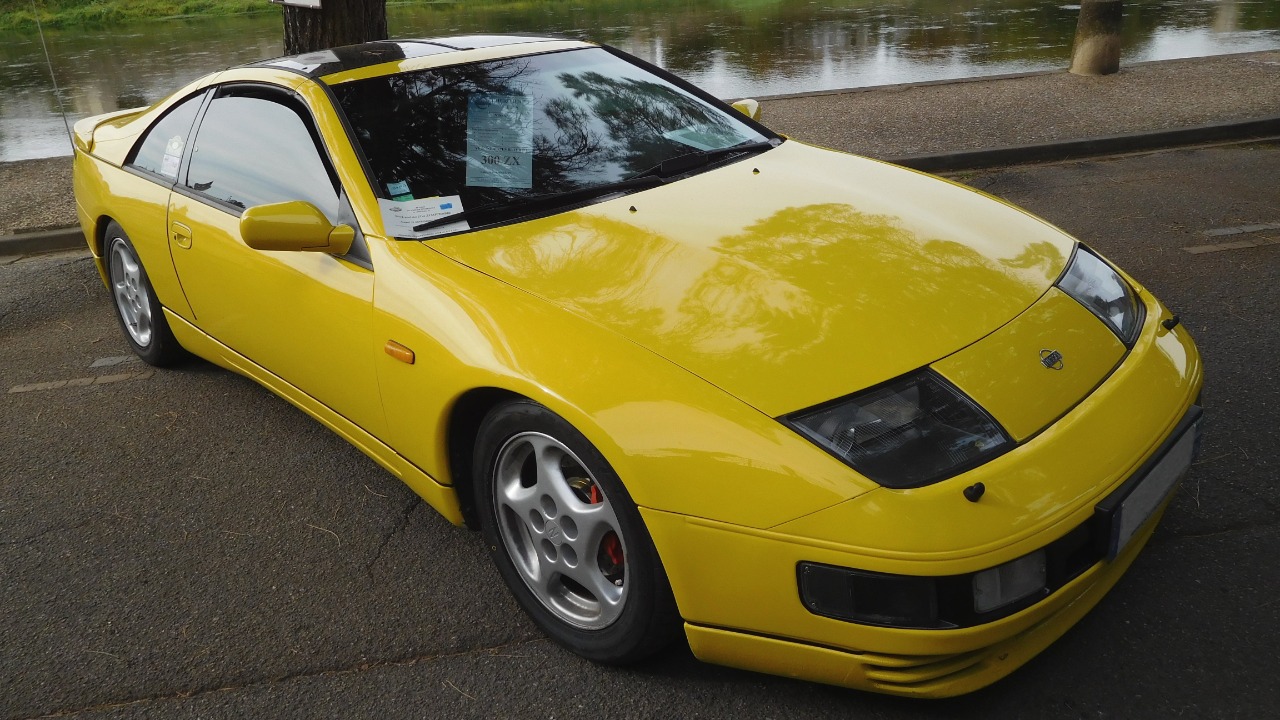
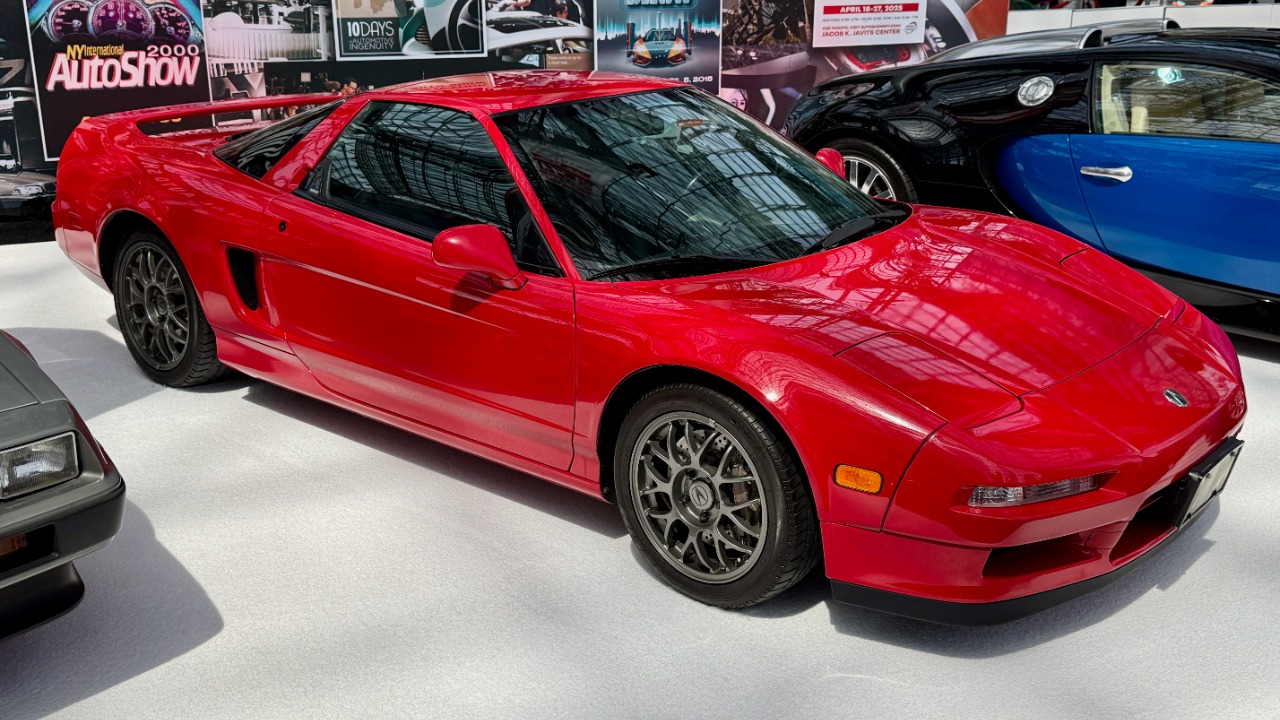
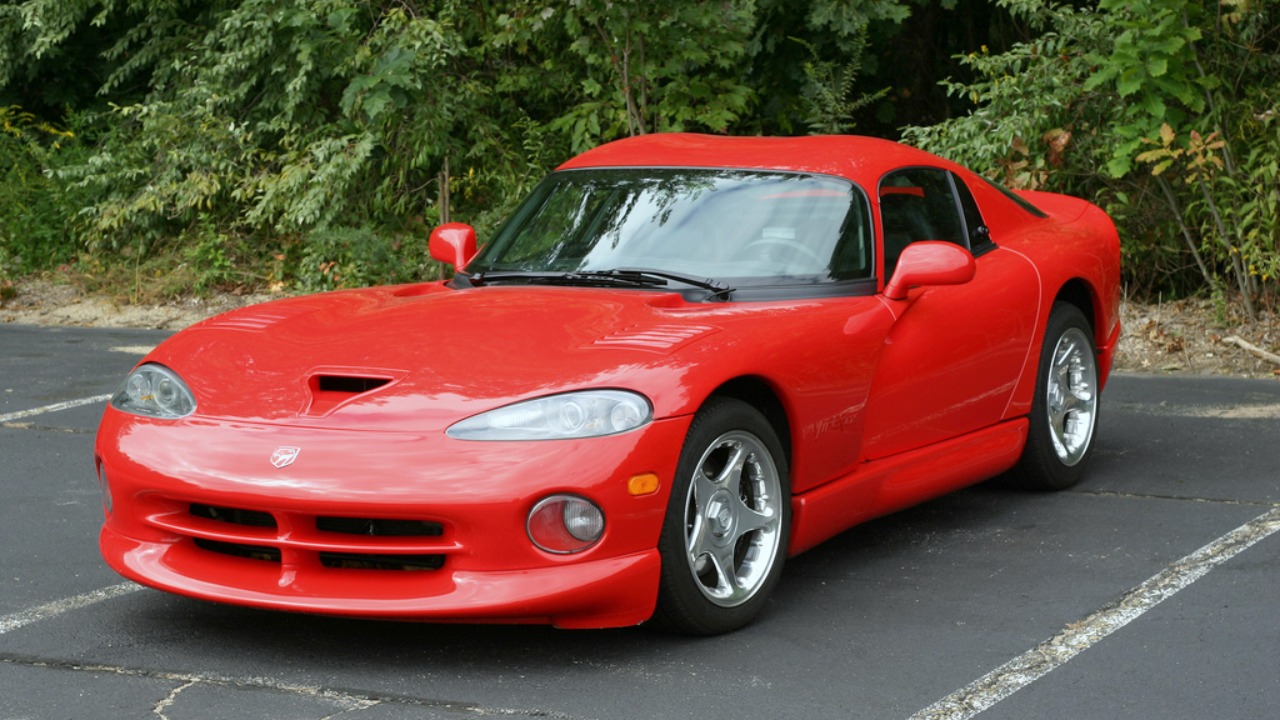
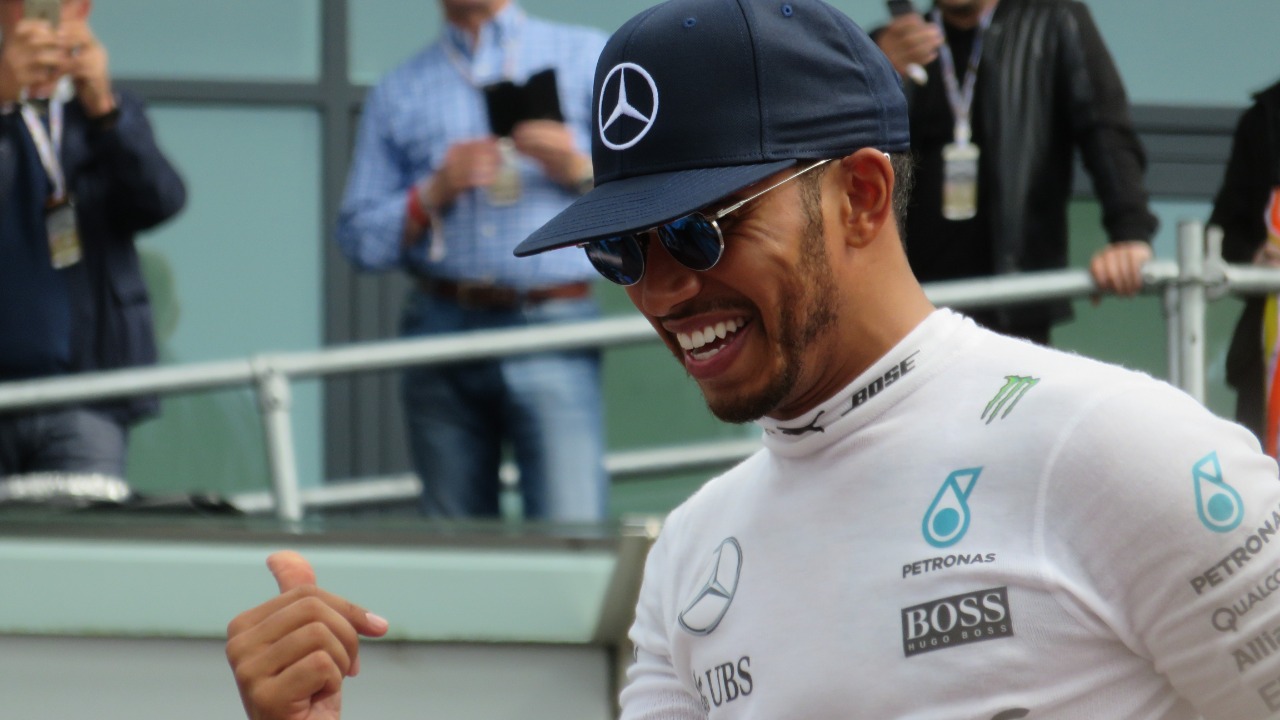
Leave a Reply